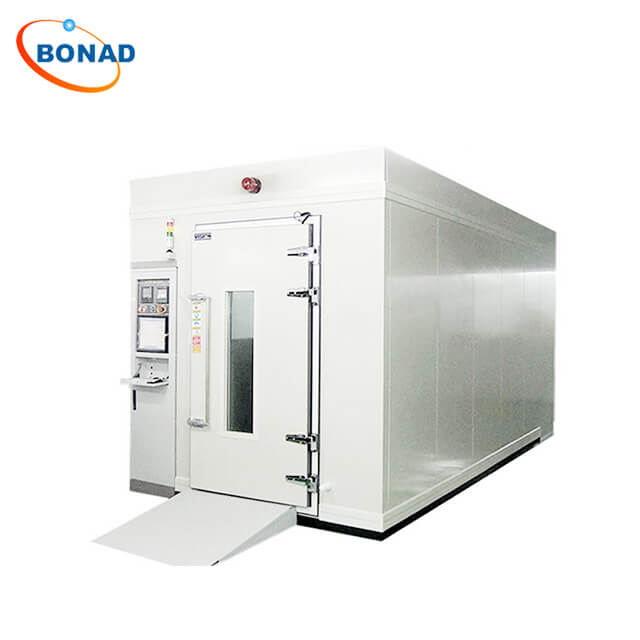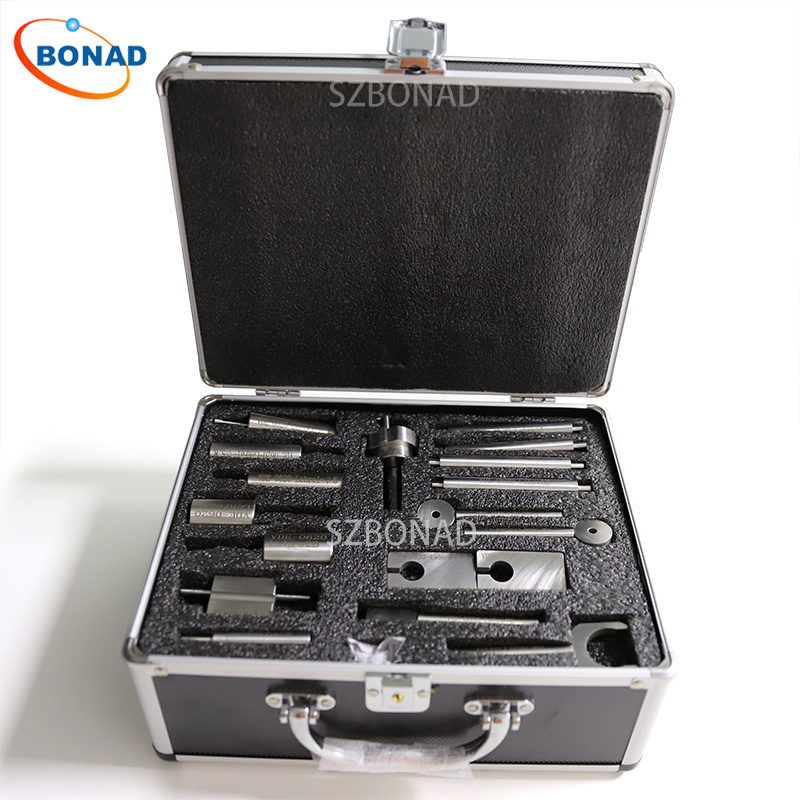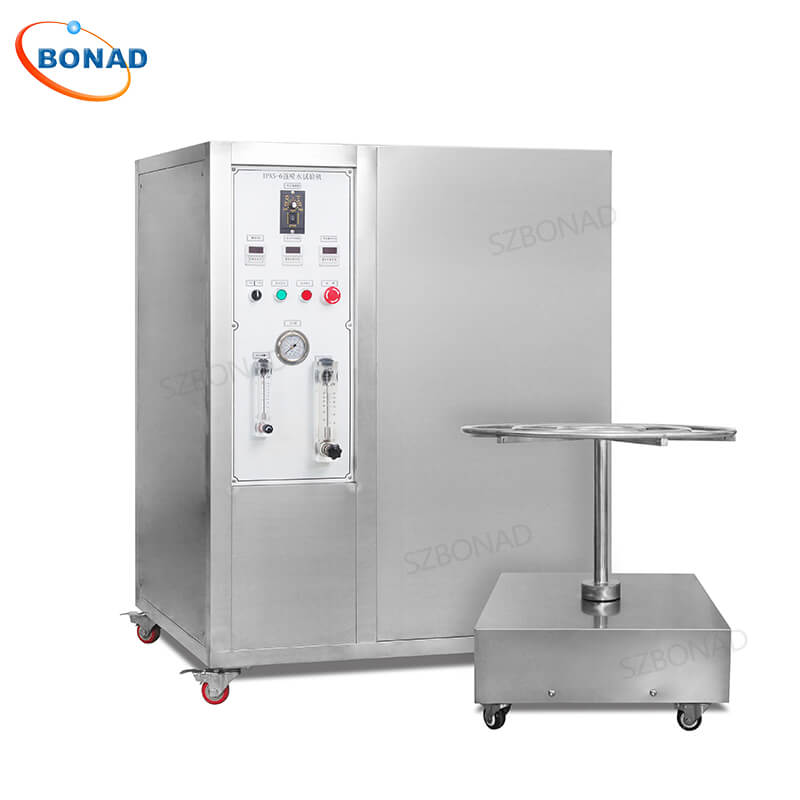In industries where product reliability and durability are non-negotiable, the 85°C 85%RH constant humidity chamber stands as a cornerstone of environmental testing. This specialized equipment simulates extreme heat and humidity conditions to evaluate how materials, electronics, pharmaceuticals, and automotive components perform under stress. In this guide, we explore its functions, design, testing processes, and why it’s indispensable for modern manufacturing and R&D.
Why Use an 85°C 85%RH Constant Humidity Chamber?
Environmental testing is critical for predicting product behavior in real-world conditions. The 85°C 85%RH chamber accelerates aging, identifies vulnerabilities, and ensures compliance with global standards. Key industries relying on this technology include:
- Electronics: Testing moisture resistance in circuit boards.
- Automotive: Evaluating parts for corrosion or expansion.
- Pharmaceuticals: Assessing packaging integrity in humid climates.
- Material Science: Analyzing polymers, metals, and composites.

Key Functions and Applications
- Accelerated Aging
Compresses years of environmental exposure into weeks, revealing long-term degradation risks like cracking, warping, or discoloration. - Reliability Testing
Detects moisture-induced failures (e.g., corrosion, short circuits) in electronics or machinery. - Material Performance Analysis
Measures moisture absorption, thermal expansion, and chemical stability. - Compliance with Standards
Validates adherence to IEC, MIL-STD, ISO, and other regulatory benchmarks.
Design and Features of the 85°C 85%RH Chamber
Modern chambers prioritize precision, durability, and safety:
- Robust Construction: Stainless steel interiors with corrosion-resistant insulation.
- Precision Controls:
- Temperature: Maintains ±0.5°C accuracy via heaters, coolers, and fans.
- Humidity: Achieves ±2% RH consistency using ultrasonic humidifiers.
- Real-Time Monitoring: Embedded sensors and data loggers track conditions 24/7.
- Safety Mechanisms: Overload alarms, automatic shutdowns, and emergency vents.
Step-by-Step Testing Process
- Sample Preparation: Clean and position specimens to ensure uniform airflow.
- Pre-Conditioning: Stabilize the chamber at 85°C/85% RH for consistent baseline conditions.
- Test Execution: Run trials from 24 hours to several weeks, monitoring performance metrics.
- Data Analysis: Use logged data to identify failures (e.g., corrosion, electrical malfunctions).
- Post-Test Evaluation: Inspect physical/functional changes and generate compliance reports.
Benefits of Using an 85°C 85%RH Chamber
- Cost Savings: Early detection of flaws reduces recalls and warranty claims.
- Faster Time-to-Market: Accelerated testing speeds up R&D cycles.
- Enhanced Reputation: Delivering reliable products builds customer trust.
Conclusion
The 85°C 85%RH constant humidity chamber is a mission-critical tool for industries demanding precision and reliability. By replicating harsh environments, it empowers manufacturers to innovate confidently, comply with regulations, and deliver products that thrive in real-world conditions. Whether testing a smartphone’s waterproofing or a drug’s shelf life, this chamber ensures excellence at every stage.


